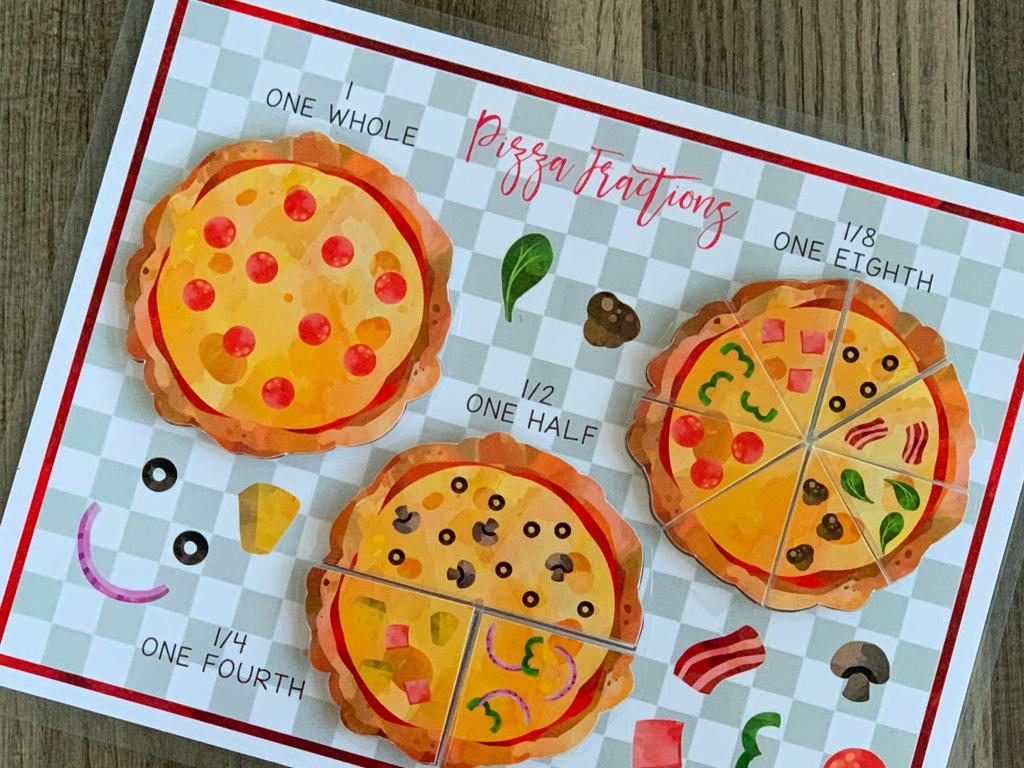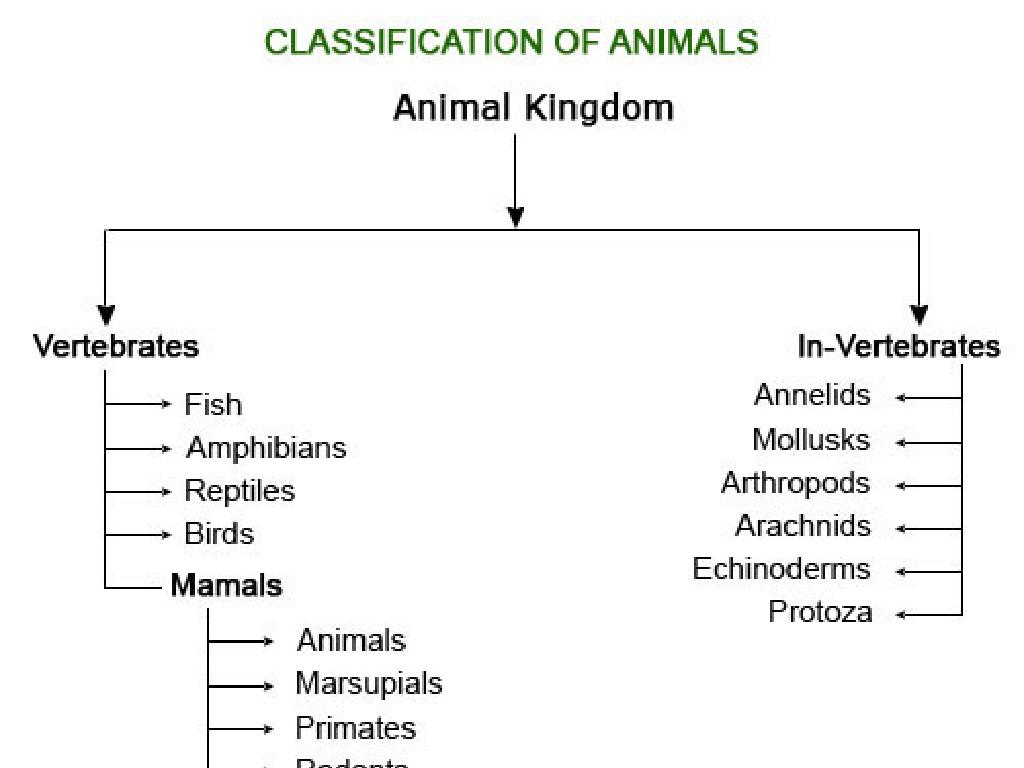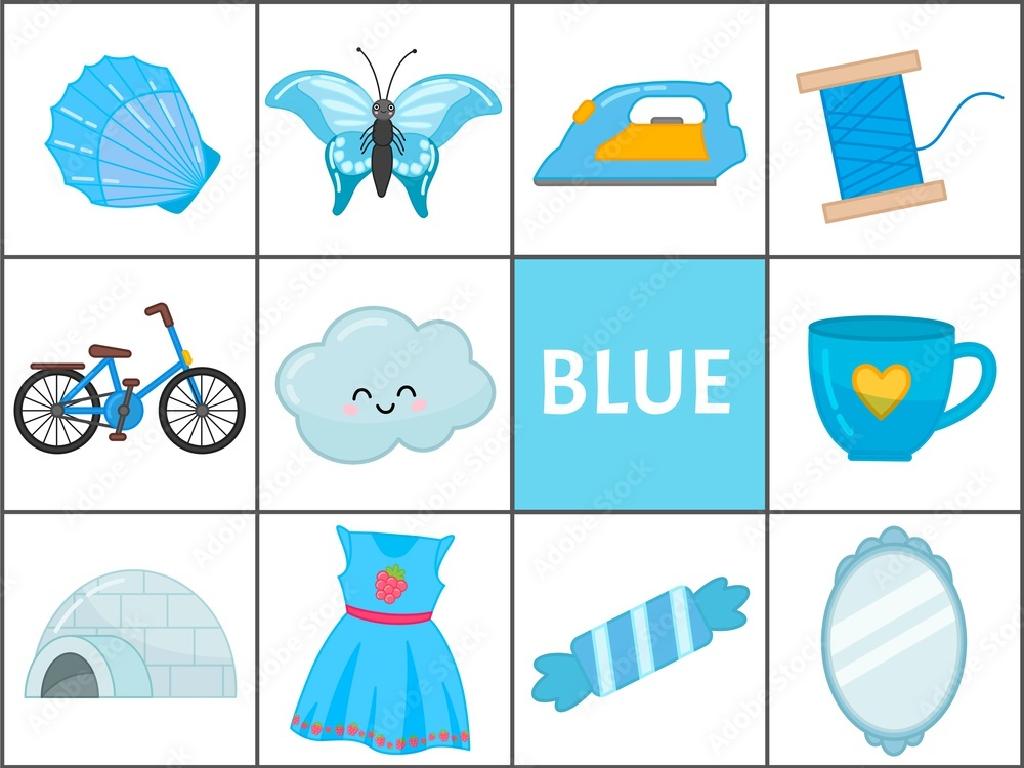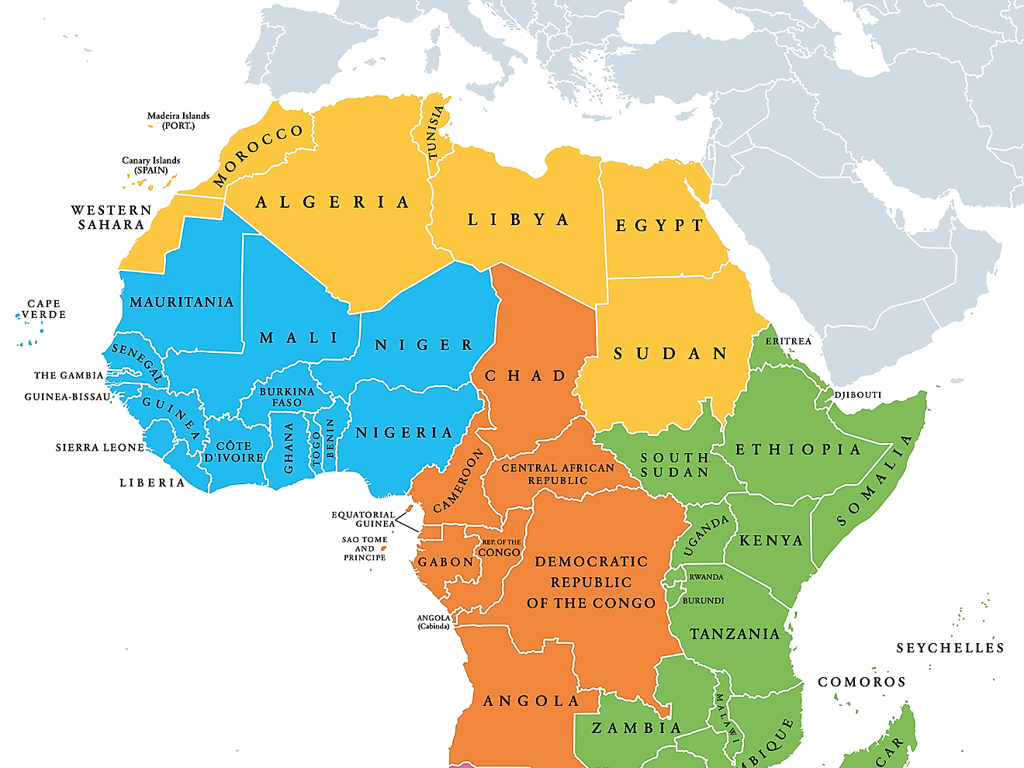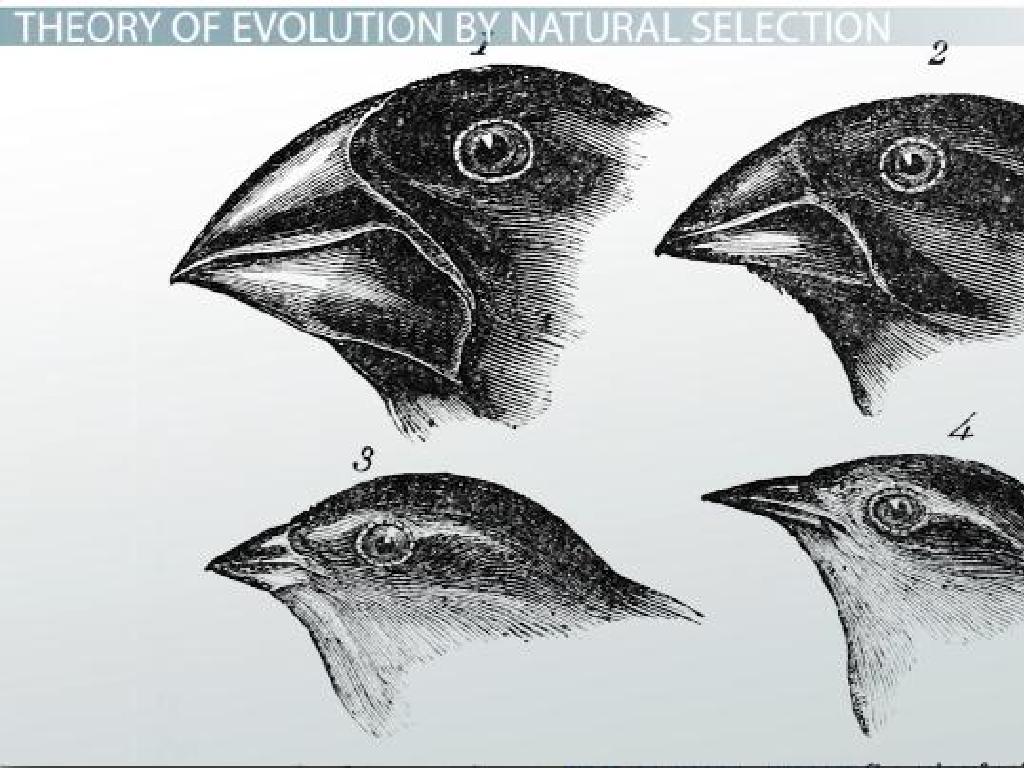Addition And Subtraction Word Problems
Subject: Math
Grade: Third grade
Topic: Mixed Operations: Addition And Subtraction
Please LOG IN to download the presentation. Access is available to registered users only.
View More Content
Exploring Addition and Subtraction
– Understanding addition and subtraction
– Addition combines numbers; subtraction takes them apart.
– Daily uses of addition and subtraction
– We use them for counting money, time, and shopping.
– Why word problems matter
– They help us solve real-life problems by applying math.
|
This slide introduces the basic concepts of addition and subtraction, aiming to help third-grade students grasp how these operations are used in everyday life. Start by explaining that addition is the process of combining two or more numbers to find a total, while subtraction is the process of finding the difference between numbers. Emphasize the practicality of these operations by giving examples such as counting money, calculating time, or determining how many items to buy or sell. Highlight the significance of word problems as they bridge the gap between abstract math concepts and real-world scenarios, allowing students to apply what they’ve learned in class to situations they encounter outside of school. Encourage students to think of their own examples of how they use addition and subtraction in their daily lives.
Key Terms in Word Problems
– Words that signal ‘addition’
– Look for ‘total’, ‘sum’, ‘plus’
– Words that signal ‘subtraction’
– Find ‘difference’, ‘less’, ‘remain’
– Practice with examples
– ‘5 plus 3 equals what sum?’
– Recognize terms in problems
– How do ‘total’ or ‘less’ change a problem?
|
This slide is aimed at helping third-grade students identify key vocabulary in addition and subtraction word problems. Understanding these terms is crucial for solving the problems correctly. For addition, words like ‘total’, ‘sum’, and ‘plus’ indicate that numbers need to be combined. For subtraction, ‘difference’, ‘less’, and ‘remain’ suggest that numbers need to be taken away or compared. Provide examples such as ‘If you have 5 apples and you get 3 more, what is the total?’ or ‘If you start with 10 candies and eat 2, how many candies remain?’ Encourage students to practice by creating their own word problems using these key terms. During the next class, review these terms and ask students to solve problems that include them.
Solving Word Problems: Addition & Subtraction
– Understand the problem’s question
– Identify numbers and keywords
– Look for words like ‘total’ or ‘left’ to guide you
– Determine to add or subtract
– ‘In all’ might mean add, ‘remain’ might mean subtract
– Practice with an example problem
– E.g., Tom had 10 apples, gave away 3. How many does he have now?
|
This slide is aimed at helping students develop strategies for tackling addition and subtraction word problems. Start by reading the problem carefully to understand what is being asked. Teach students to identify numbers and key terms that indicate whether to add or subtract. For example, ‘total’ or ‘altogether’ may suggest addition, while ‘left’ or ‘after’ might indicate subtraction. Use example problems to illustrate these concepts, and encourage students to practice by reading problems aloud and discussing the operations required to find the solution. Provide several practice problems for students to work on individually or in groups, and discuss the solutions as a class.
Solving Addition Word Problems
– Understand the addition problem
– Follow steps to find the solution
– Read carefully, identify numbers and what’s being asked
– Example: Adding apples in baskets
– If 3 baskets have 5 apples each, how many apples are there in total?
– Class practice: Solve an addition problem
– Try solving: 4 birds on a tree, 2 more come, how many birds now?
|
This slide introduces students to the concept of solving addition word problems. Start by explaining how to understand what the problem is asking. Emphasize the importance of reading the problem carefully, identifying the numbers involved, and understanding the question. Use the example of adding apples in baskets to illustrate how to approach and solve an addition problem. Then, present a practice problem for the class where students apply the steps they’ve learned to solve a new problem. For the class activity, provide guidance and encourage students to work together to find the solution, reinforcing their understanding of addition in a practical context.
Solving Subtraction Problems
– Example: subtraction word problem
– If Max had 10 apples and gave 3 away, how many does he have now?
– Steps to solve subtraction
– Read carefully, identify numbers, subtract the smaller from the larger
– Class practice problem
– Try solving: Lily had 15 balloons and 7 popped. How many are left?
|
This slide introduces students to solving subtraction word problems. Start with an example problem and walk through it with the class, demonstrating how to carefully read the problem, identify the numbers involved, and understand what is being asked. Explain that subtraction is finding out how many are left or the difference between two amounts. After explaining the steps, present a practice problem for the class to solve. Encourage students to use the steps discussed to find the solution. Provide guidance and support as they work through the problem, and discuss the solution as a class afterward.
Mixed Practice: Addition & Subtraction
– Examples of mixed word problems
– E.g., If you buy a toy for $15 and sell it for $20, how much profit did you make?
– Pair up for group activity
– Work together to solve problems and compare answers
– Discuss solution strategies
– Talk about how you found the answer with your partner
– Share different solving methods
|
This slide introduces students to mixed operation word problems, combining both addition and subtraction. Start by providing clear examples that require the use of both operations to reach a solution. Then, move on to a group activity where students pair up to tackle similar problems, encouraging collaboration and peer learning. After the activity, facilitate a discussion on the different strategies used by each pair to find their solutions, highlighting the importance of understanding the problem and choosing the right operation. This will help students see the variety of methods that can be applied to solve word problems and understand that different strategies can lead to the same correct answer. Provide guidance and support throughout the activity, ensuring all students are engaged and understand the concepts being practiced.
Word Problem Scavenger Hunt
– Work in small groups
– Find & solve posted problems
– Problems will be around the room, solve them together!
– Explain your solutions
– Share how you solved the problem with the class
– Discuss strategies used
– Talk about how you figured out the answer
|
This class activity is designed to encourage collaboration and critical thinking as students work together to locate and solve addition and subtraction word problems. Arrange the classroom beforehand with various word problems posted around the room. Each group should have a mix of abilities to support each other. After solving, they will explain their solutions and the strategies they used to the rest of the class, fostering a deeper understanding and communication skills. Possible activities: 1) Matching problems with solutions, 2) Timed problem-solving challenge, 3) Create your own word problem, 4) Role-play the word problem scenario, 5) Peer review of solved problems.
Wrapping Up: Addition & Subtraction Word Problems
– Review key math terms
– Terms like ‘sum’, ‘difference’, ‘total’, ‘less than’
– Strategies for solving problems
– Read carefully, identify numbers, and operations
– Steps to approach word problems
– Understand the problem, plan, solve, and check
– Open floor for questions
|
As we conclude today’s lesson on addition and subtraction word problems, it’s important to revisit the key terms and strategies that we’ve learned. Remind students of terms such as ‘sum’ for addition and ‘difference’ for subtraction. Recap the strategies for tackling word problems: careful reading, identifying all the numbers involved, and determining the required operations. Go over the steps to approach word problems: understanding what the problem is asking, planning how to solve it, doing the calculations, and then checking to make sure the answer makes sense. Finally, open the floor for any questions to clarify doubts and ensure understanding. This is also a good time to encourage students to practice more problems at home to reinforce their skills.
Homework: Word Problem Wizards
– Practice word problems at home
– Use class strategies for solving
– Remember to look for keywords and use drawings if it helps
– Write down your solutions
– Show your work on paper step by step
– Share your answers tomorrow
|
This homework assignment is designed to reinforce the students’ skills in solving addition and subtraction word problems using the strategies they’ve learned in class. Encourage them to identify keywords that signal whether to add or subtract and to visualize the problem with drawings or objects if necessary. Remind them to write down each step of their work to show how they arrived at their solutions. The next day, be prepared to facilitate a discussion where students can share their solutions and explain their thought process, which will help them learn from each other and clarify any misunderstandings.

